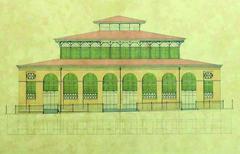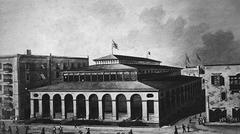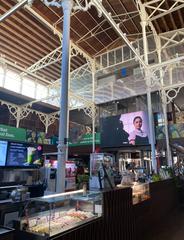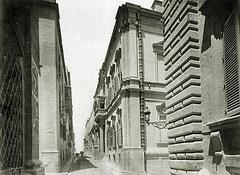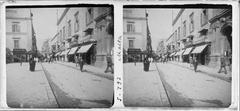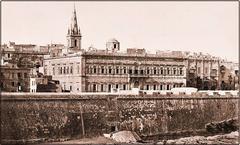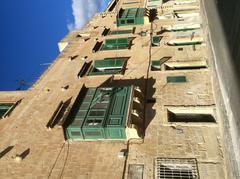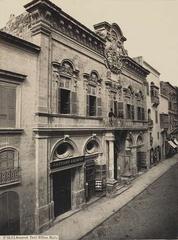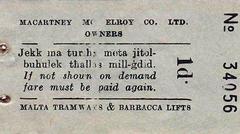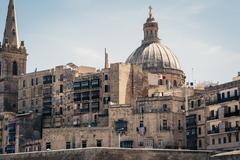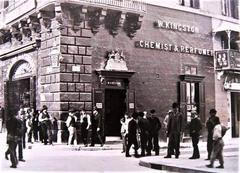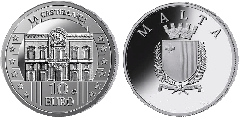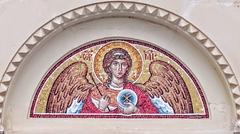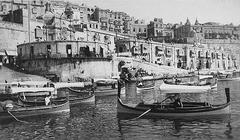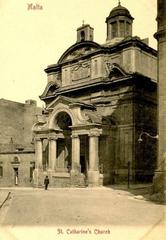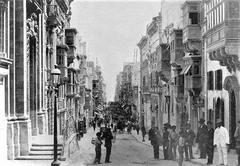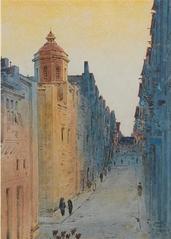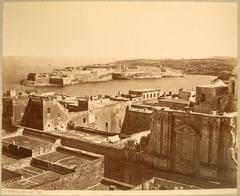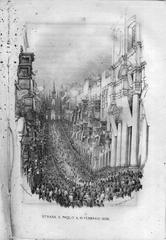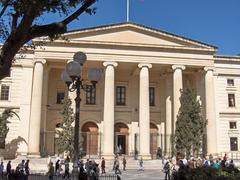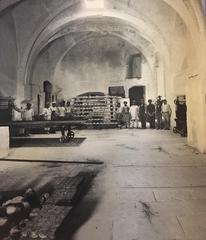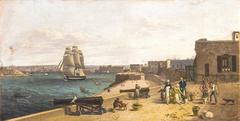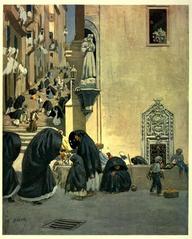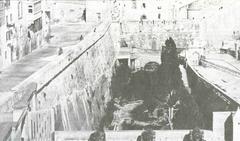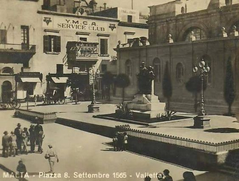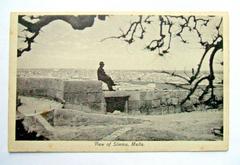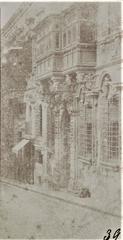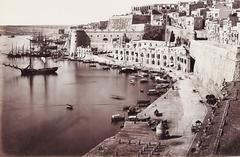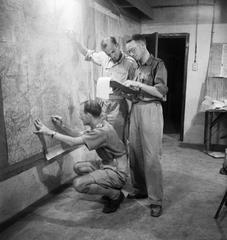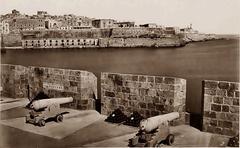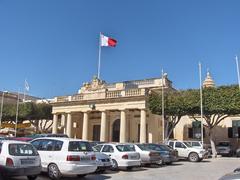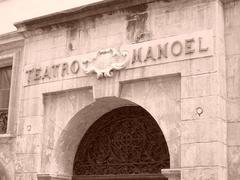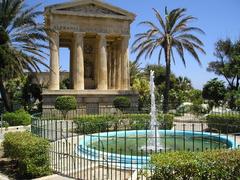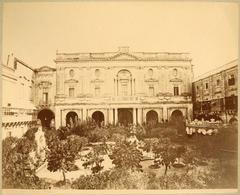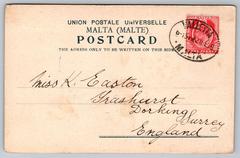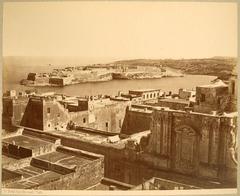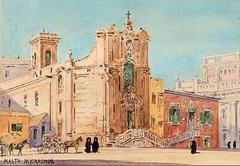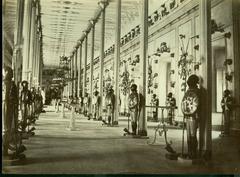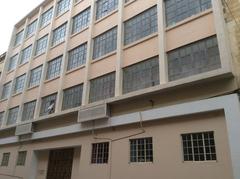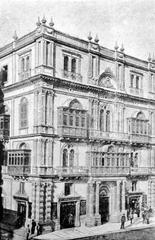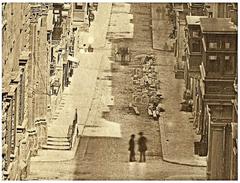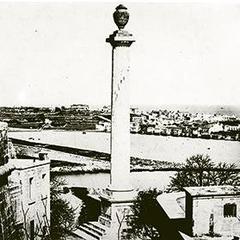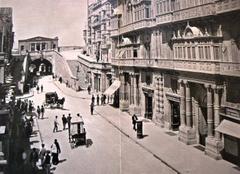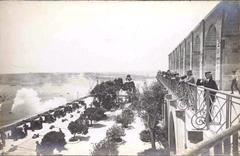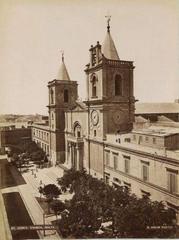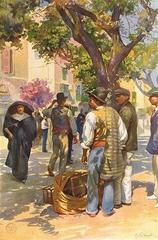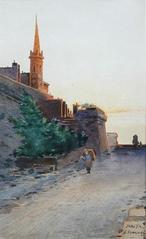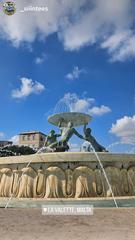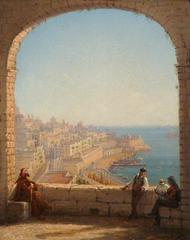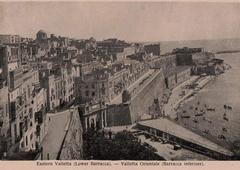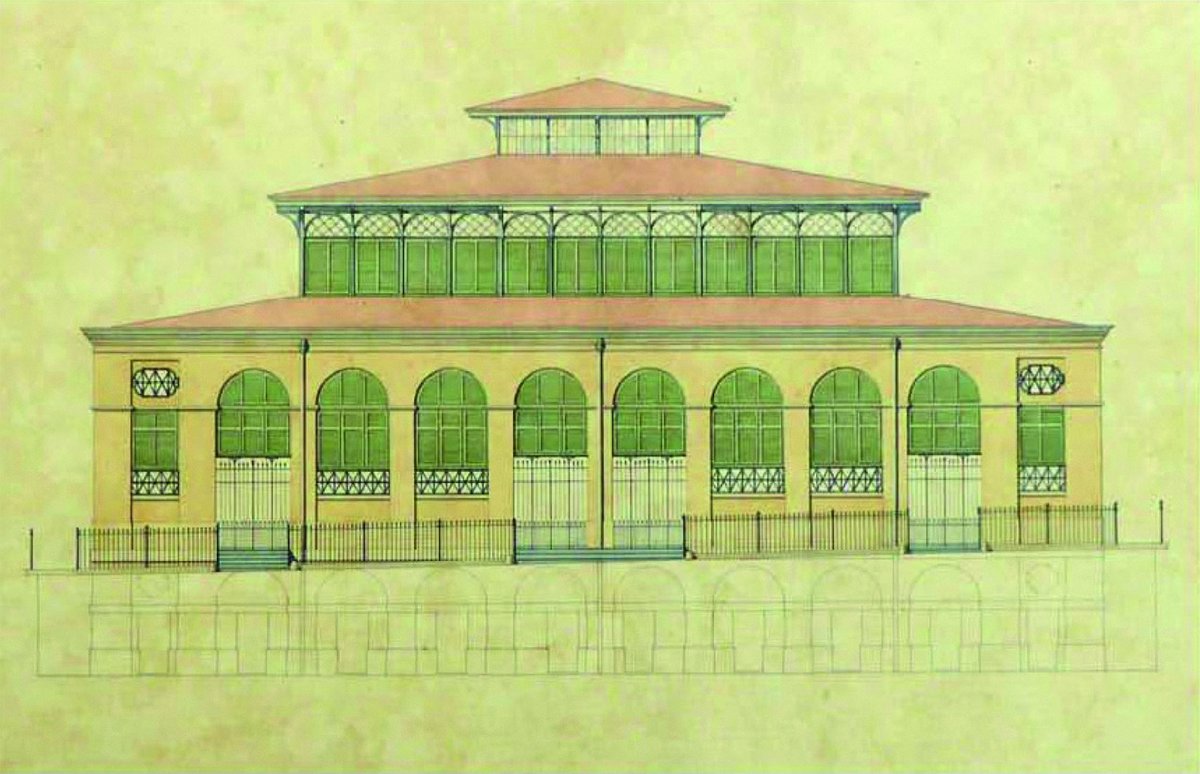
Valletta Market (Is-Suq tal-Belt) Visiting Hours, Tickets, and Historical Sites Guide
Date: 15/06/2025
Introduction
Located at the heart of Malta’s capital, Is-Suq tal-Belt—commonly known as Valletta Market—is a living symbol of the city’s rich history and vibrant modern culture. This iconic Victorian-era structure has evolved from a 16th-century open-air trading space into a contemporary culinary destination, seamlessly weaving together Malta’s architectural innovation, culinary traditions, and resilient spirit. This guide offers detailed information on visiting hours, ticketing, accessibility, architectural highlights, and nearby historical sites, ensuring you make the most of your visit to this renowned landmark.
Table of Contents
- Early Market Traditions in Valletta
- Victorian Construction and Architectural Innovation
- Social and Economic Role Through the Ages
- Wartime Damage and Restoration
- Decline and Modern Renaissance
- Architectural Features and Heritage Value
- UNESCO World Heritage Context
- Visiting Information: Hours, Tickets, and Accessibility
- Culinary and Social Experience
- Practical Tips and Nearby Attractions
- FAQ
- Conclusion
- Sources
Early Market Traditions in Valletta
Market activity in Valletta traces its origins to the city’s very foundation in 1566 by the Knights of St John. The area that now hosts Is-Suq tal-Belt was historically a bustling open piazza for traders, rural migrants, seafarers, and townsfolk. By the 17th century, this site had established itself as Valletta’s commercial core, reflecting the city’s role as a hub of Mediterranean commerce and culture (lovemalta.com; omgfoodmalta.com).
Victorian Construction and Architectural Innovation
Between 1859 and 1861, during the British colonial era, Valletta Market was transformed into a covered, purpose-built structure. Designed in the Victorian style and influenced by major European markets such as London’s Covent Garden and Paris’s Les Halles, Is-Suq tal-Belt was Malta’s first building to incorporate cast and wrought iron technology on a large scale. Its prefabricated ironwork and glass roof were cutting-edge at the time, marking a major leap in local architectural practices (casaellul.com; guidememalta.com).
The building’s rectangular plan, high ceilings, and open-plan interior created a light-filled space ideal for bustling market life. Original features—such as rock-hewn cisterns and robust iron columns—remain central to its character (uac.incd.ro).
Social and Economic Role Through the Ages
Upon completion, Is-Suq tal-Belt quickly became Valletta’s primary commercial and social hub. It housed dozens of vendors selling fresh produce, meat, fish, and local delicacies. The market’s central location enabled it to serve residents, merchants, and visitors alike, establishing itself as a venue for both commerce and daily community interaction. Its enduring popularity led to the affectionate local name “Is-Suq tal-Belt” (issuqtalbelt.com; omgfoodmalta.com).
Wartime Damage and Restoration
World War II saw Valletta suffer extensive bombing, with Is-Suq tal-Belt losing roughly a third of its structure. Post-war reconstruction efforts focused on preserving the building’s Victorian character while adapting it to modern commercial needs. Despite these challenges, the market continued to operate, serving as a vital food supply center and social gathering point (guidememalta.com).
Decline and Modern Renaissance
The late 20th century brought a period of decline as competition from supermarkets and changing shopping habits led to reduced foot traffic and vendor numbers. By the early 2000s, the market had fallen into disrepair. Recognizing its heritage value, authorities designated Is-Suq tal-Belt a Grade One national monument in 2008, paving the way for a major restoration project (omgfoodmalta.com).
A €14 million revitalization between 2016 and 2017 restored the historic ironwork, glass roofing, and limestone facades, while integrating modern amenities. The project, partly inspired by Madrid’s Mercado de San Miguel, carefully balanced heritage conservation with new uses, transforming the market into a vibrant food hall and cultural venue (uac.incd.ro; issuqtalbelt.com).
Architectural Features and Heritage Value
Is-Suq tal-Belt’s architectural significance lies in its innovative use of prefabricated iron and glass, set against neoclassical limestone facades. The market’s roof is insulated with ‘deffun,’ a traditional Maltese material, highlighting local adaptation of imported industrial techniques. The restoration preserved core features and historic rock-hewn cisterns, offering a rare example of Victorian-era market architecture in Malta (casaellul.com; uac.incd.ro).
UNESCO World Heritage Context
Valletta’s designation as a UNESCO World Heritage Site in 1980 underscores the market’s importance within the city’s unique architectural and social landscape. Is-Suq tal-Belt exemplifies Malta’s commitment to safeguarding its urban heritage while adapting to the needs of a modern capital (issuqtalbelt.com).
Visiting Information: Hours, Tickets, and Accessibility
- Opening Hours:
- Food stalls: 11:00 AM – 11:00 PM daily
- Supermarket (lower level): 8:00 AM – 10:00 PM
- Note: Some sources list slightly varied hours; confirm via the official website before your visit (heatheronhertravels.com).
- Tickets: Entry is free; no tickets or advance bookings are required.
- Accessibility: The market is fully accessible with ramps, lifts, wide aisles, and accessible restrooms. Assistance is available upon request.
- Getting There: Centrally located on Merchants Street (Triq il-Merkanti), Valletta Market is easily reached on foot from the City Gate, the main bus terminus, or the Valletta Waterfront. Parking is available outside the pedestrian zone.
- Facilities: Clean restrooms, baby-changing stations, free Wi-Fi, and communal seating.
Culinary and Social Experience
Is-Suq tal-Belt is renowned for its diverse culinary offerings:
- Maltese Specialties: Pastizzi, rabbit stew, lampuki pie, gbejna, and bigilla.
- International Cuisine: Italian pasta and pizza, Asian street food, Spanish tapas, and more.
- Bars and Cafés: Central bars offer Maltese and international wines, craft beers, and cocktails.
- Supermarket: The basement Arkadia supermarket stocks local products and supplies for self-catering or picnics.
The market has become a social hub, regularly hosting food festivals, live music, cooking demonstrations, and special events, especially during Valletta’s festival seasons (fredolsencruises.com).
Practical Tips and Nearby Attractions
- Peak Times: Lunch (12:00–2:00 PM) and dinner (6:00–9:00 PM) are busiest. Visit mid-morning or late afternoon for a more relaxed experience.
- Seating: Communal tables fill quickly during peak hours.
- Dietary Needs: Vegetarian, vegan, and gluten-free options are widely available.
- Souvenirs: Some stalls offer Maltese crafts, wines, and gourmet products.
- Connectivity: The market is within walking distance of:
- St. John’s Co-Cathedral (Baroque landmark)
- Upper Barrakka Gardens (panoramic Grand Harbour views)
- Republic and Merchants Streets (shopping, cafés, historic sites)
- Public Transport: The main bus terminus is a short stroll from the market; taxis and ride-hailing apps are also available.
- Photography: The iron-and-glass structure provides excellent light and unique angles for photos. The balconies and outdoor seating areas overlook bustling city streets.
FAQ
Q: What are the Valletta Market visiting hours?
A: Food stalls are open from 11:00 AM to 11:00 PM daily; the supermarket operates 8:00 AM to 10:00 PM.
Q: Is there an entrance fee or are tickets required?
A: No, entry is free; no tickets or advance booking needed.
Q: Is the market accessible for people with disabilities?
A: Yes, ramps, lifts, and accessible restrooms are provided.
Q: Can I park nearby?
A: Yes, parking is available outside Valletta’s pedestrian zone.
Q: Are pets allowed inside?
A: Only service animals are permitted for hygiene reasons.
Q: Are guided tours available?
A: Guided tours can be booked through local tourism providers and the Valletta tourism office.
Q: Are there events or live performances?
A: Yes, check the official website or social media for updates on special events, food festivals, and music nights.
Conclusion
Is-Suq tal-Belt stands as a testament to Valletta’s enduring cultural legacy and modern vibrance. Its blend of Victorian-era architecture, rich culinary diversity, and dynamic social atmosphere make it an essential stop for visitors seeking to experience Malta’s history and contemporary life. With free entry, generous hours, and a prime location among Valletta’s historic attractions, the market is the perfect gateway to exploring the capital’s unique heritage.
For the latest updates, event schedules, and special offers, visit the official website, download the Audiala mobile app, and follow related travel blogs and social media channels.
Images and maps of Is-Suq tal-Belt’s restored ironwork and lively market scenes are recommended for inclusion. Use alt tags such as “Is-Suq tal-Belt visiting hours,” “Valletta historical sites,” and “Is-Suq tal-Belt tickets” to enhance SEO.
Sources and Further Reading
- omgfoodmalta.com
- issuqtalbelt.com
- heatheronhertravels.com
- guidememalta.com
- uac.incd.ro
- lovemalta.com
- casaellul.com
- fredolsencruises.com
- voyagetips.com
- amazon.com.au
